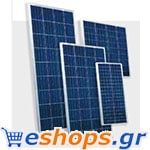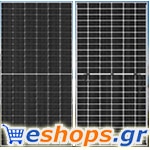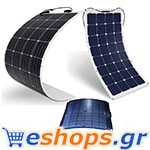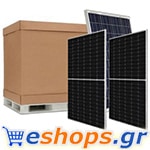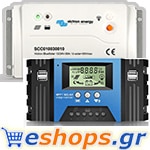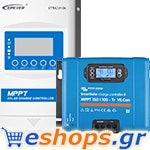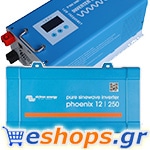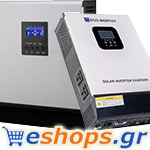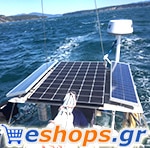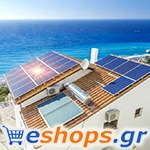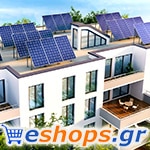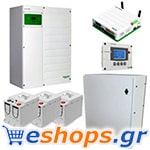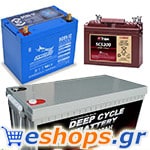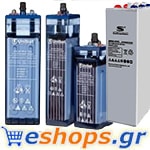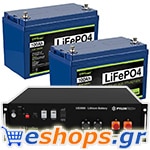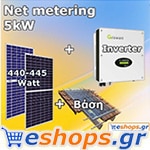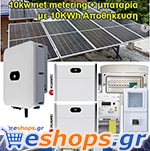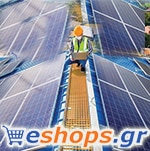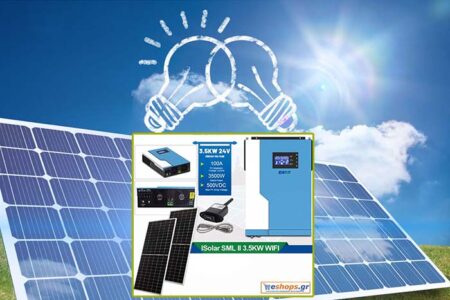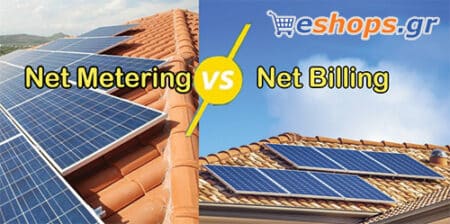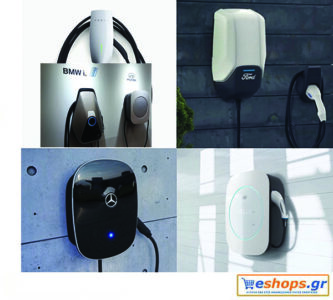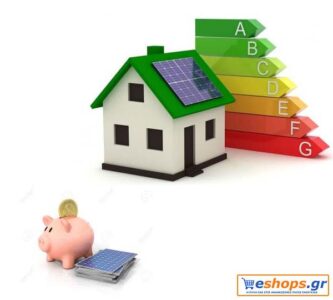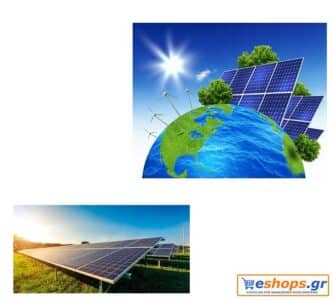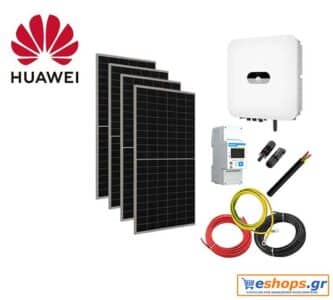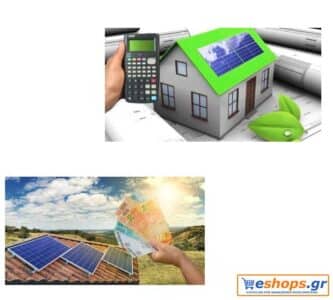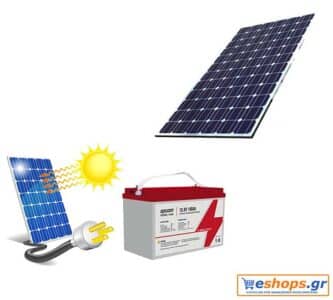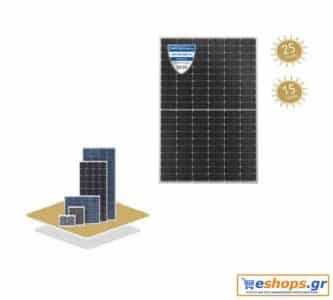IBC solar panels may drive TOPCon off the market by 2028
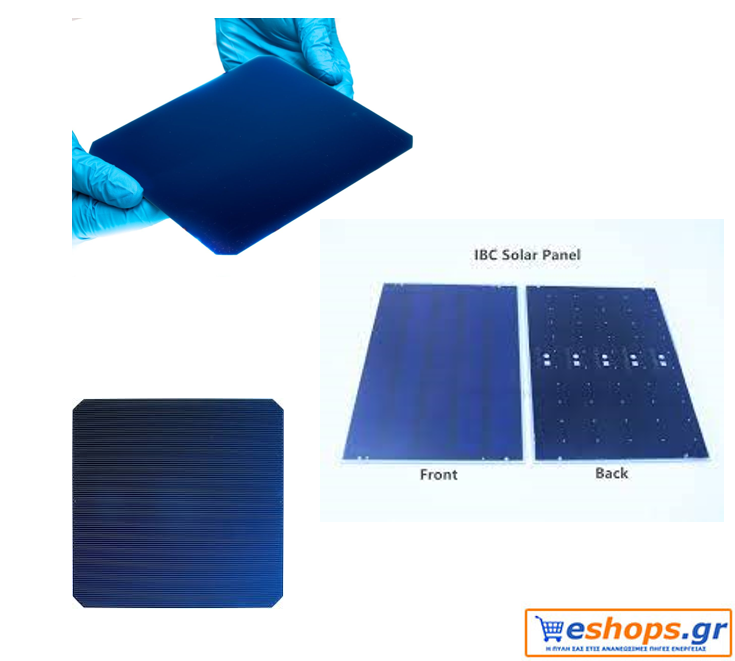
solar panels, IBC, photovoltaics, new technology
Radovan Kopecek, expert in interdigitated back-contacted technology (IBC), says IBC solar panels could capture more than 50% of the global market by 2030, potentially pushing TOPCon products out of the competition. He said how this transition could be implemented and discussed the technological developments that could make it possible.
Solar panels made with cells based on double-sided contact technology, such as panels TOPCon , could potentially be replaced by photovoltaic cells based on back-contact designs before the end of this decade, according to Radovan Kopecek, co-founder and director of Germany's ISC Konstanz.
"This will depend on the fact that the extensive use of tunnel oxide passivation for both polarities on the back side of a module, as with IBC products, may become the most advantageous option," Kopecek said. "IBC solar panels may drive TOPCon panels off the market by 2028".
He said the transition to IBC products could start as early as 2025, with products based on two-way contacts potentially a thing of the past by 2030. He claims the global market share of IBC units could grow from around 2% in 2022 to around 6% in 2026, 20% in 2028 and more than 50% in 2030.
"Many Tier-1 manufacturers are already working on IBC in addition to TOPCon development," he said. "As both technologies have very similar aspects, such as the development of single-sided and fast Si deposition, silver reduction, improving the quality and cost of n-type wafers."
In his view, the change will be made by adding complexity to existing production lines with standard equipment.
"We were extremely surprised in 2012, when we started our bifiPV workshop on the future of bifacial modules in Konstanz, that people didn't see that bifacial PV would have a big impact on the PV market," explained Kopecek. “Now, in 2022, we're surprised that people don't see that the impending dominance of TOPCon will be followed by the final evolutionary step towards IBC. The next step is no longer an evolutionary process but a small revolution. And here I probably think it will take some time for this technology to become visible in the market."
The success of IBC technology will be realized through efficiency improvements and lower production costs, he added.
"Performance gains should be ensured by applying poly-Si passivation technology, while lower manufacturing costs should come from adopting copper or aluminum metal contacts," Kopecek said. “We have already demonstrated IBC cell efficiencies of over 23% with 20 mg of silver only using copper or aluminum. However, we believe that the dominance of silver will continue and the change will only take place in a 1 TW to 3 TW annual market starting in 2028, when the PV industry will be forced to change.”
He said IBC solar cells have already reached efficiency levels of more than 24,5% and open-circuit voltages near 730 mV, compared to 23% and 685 mV in PERC cells and 24% and 710 mV in TOPCon devices.
“But it's not just efficiency. It's also about temperature coefficient, degradation and duplexing,” he said. "And even though the duplex of the IBC may be slightly lower compared to the TOPCon, the front side performance, temperature coefficient and degradation are much more important factors."
He argued that the reduction in the cost of n-type wafers, combined with the application of copper and aluminum plating in IBC cells, could lead to module production costs below $0,20/W.
"Currently, wafer and plating costs are the main cost differences compared to PERC technology," he said.
Kopecek also said he believes technological advances could bring levelized cost of energy (LCOE) of large terrestrial solar installations with double-sided IBC panels to less than $0,01/kWh in many parts of the world in the future.
